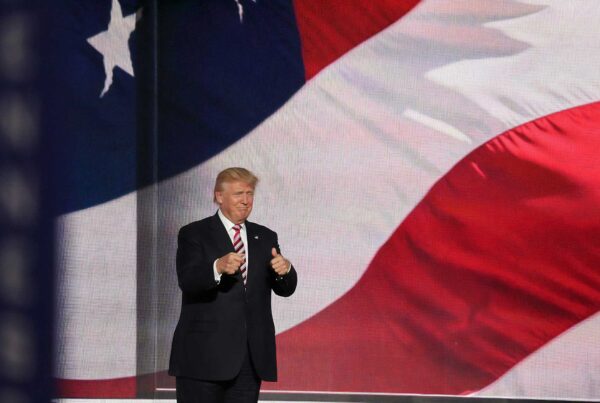In 1990, Congress created the Immigration Investor Program, creating the EB-5 visa category. Since 1990, a number of reforms have been implemented to guard against fraud and to ensure uniform application of regulations. However, on July 24, 2019, U.S. Citizenship and Immigration Services (“USCIS”) published a new regulation making significant changes to the EB-5 program for better or for worse. The new rule makes five primary changes:
- It raises the minimum investment amounts;
In the first ever change to the minimum investment amounts, the new rule raises the non-TEA minimum investment amount from $1 million to $1.8 million, and it raises the TEA minimum investment amount from $500,000 to $900,000. The rule also sets forth a new provision stating that the minimum investment amounts will automatically adjust for inflation every five years based on Congress’s established initial minimum investment of $1,000,000.
- It revises standards for determining Targeted Employment Area (“TEA”) designations and makes USCIS (rather than states) directly responsible for managing said designations;
The new rule makes it more difficult to manipulate high-unemployment areas for investment purposes. States will no longer be able to designate certain geographic and political subdivisions as high-unemployment areas. The rule specifies that the Department of Homeland Security (rather than states) will now make the designation of high-unemployment areas based on its own revised requirements to ensure that investments are directed at areas most in need of investment. From now own, “high unemployment areas” will only include cities and towns with a population of 20,000 or more (outside of Metropolitan Statistical Areas (“MSA”)).
- It clarifies procedure for removal of conditions on permanent residence; and
The new rule also requires certain derivative family members who are lawful permanent residents to independently file to remove their conditions unless said family members were included in the principal investor’s petition to remove conditions.
- It allows EB-5 petitioners to retain their priority date under certain circumstances.
Under the new rule, if the investor has a previously approved EB-5 immigrant petition, they will generally be able to retain their priority date from the previously approved petition when a new EB-5 petition is needed, with certain exceptions. Note that the Form I-526 must be approved for an EB-5 petitioner to retain the priority date associate with that petition. The priority date will not attach merely by filing the EB-5 petition. Further, priority dates are not transferable to other applicants and cannot be retained for further use once the petitioner has used the priority date to become a conditional permanent resident.
These changes will all become effective for applications filed on or after November 21, 2019. Further, beginning October 1, 2024, and every five years thereafter, the required investment amount will automatically adjust for inflation.
If you or your loved ones have questions or concerns about the EB-5 process, do not hesitate to consult with one of our expert attorneys at Kuck | Baxter Immigration.





